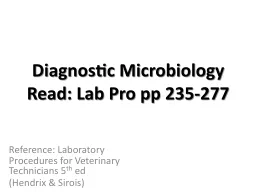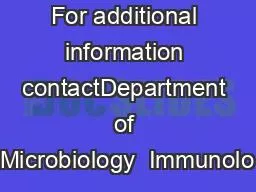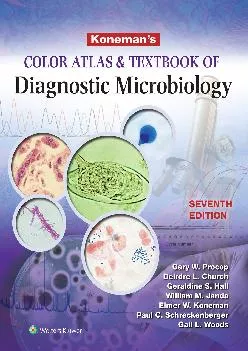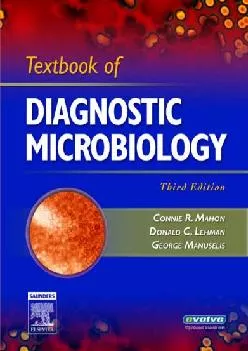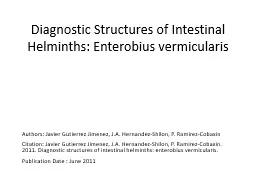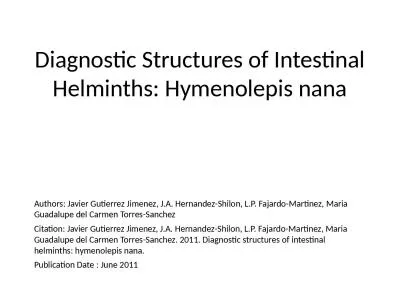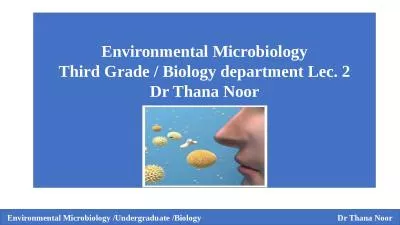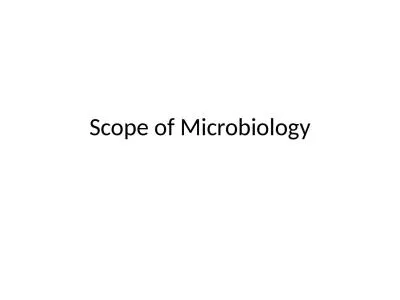PPT-Diagnostic Microbiology Read:
Author : conchita-marotz | Published Date : 2018-03-17
Lab Pro pp 235277 Reference Laboratory Procedures for Veterinary Technicians 5 th ed Hendrix amp Sirois Microbiology The study of microbes organisms too small
Presentation Embed Code
Download Presentation
Download Presentation The PPT/PDF document "Diagnostic Microbiology Read:" is the property of its rightful owner. Permission is granted to download and print the materials on this website for personal, non-commercial use only, and to display it on your personal computer provided you do not modify the materials and that you retain all copyright notices contained in the materials. By downloading content from our website, you accept the terms of this agreement.
Diagnostic Microbiology Read:: Transcript
Download Rules Of Document
"Diagnostic Microbiology Read:"The content belongs to its owner. You may download and print it for personal use, without modification, and keep all copyright notices. By downloading, you agree to these terms.
Related Documents

